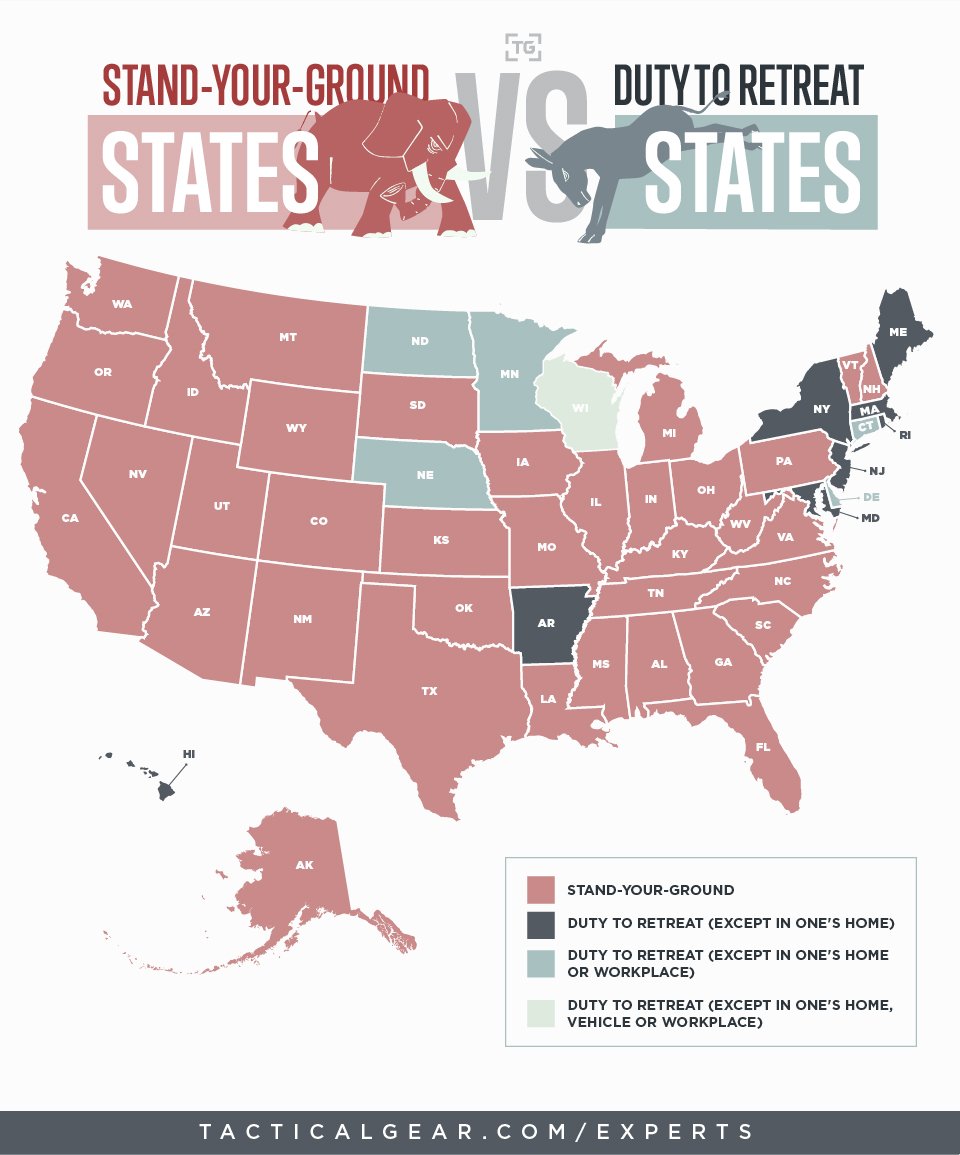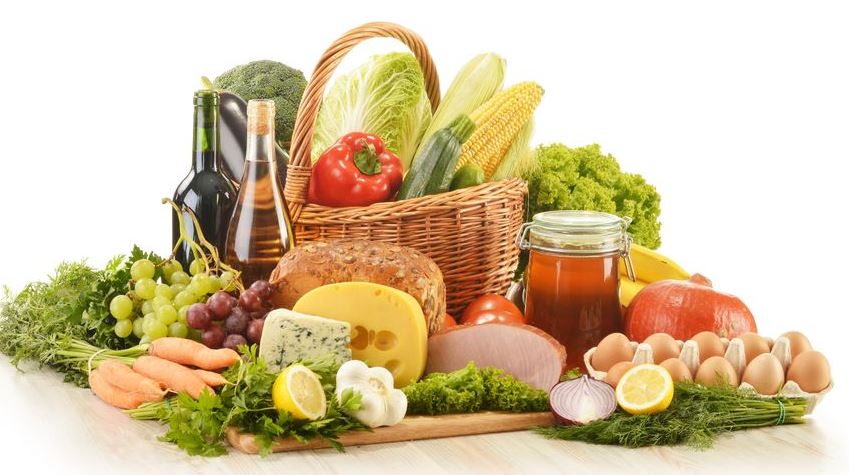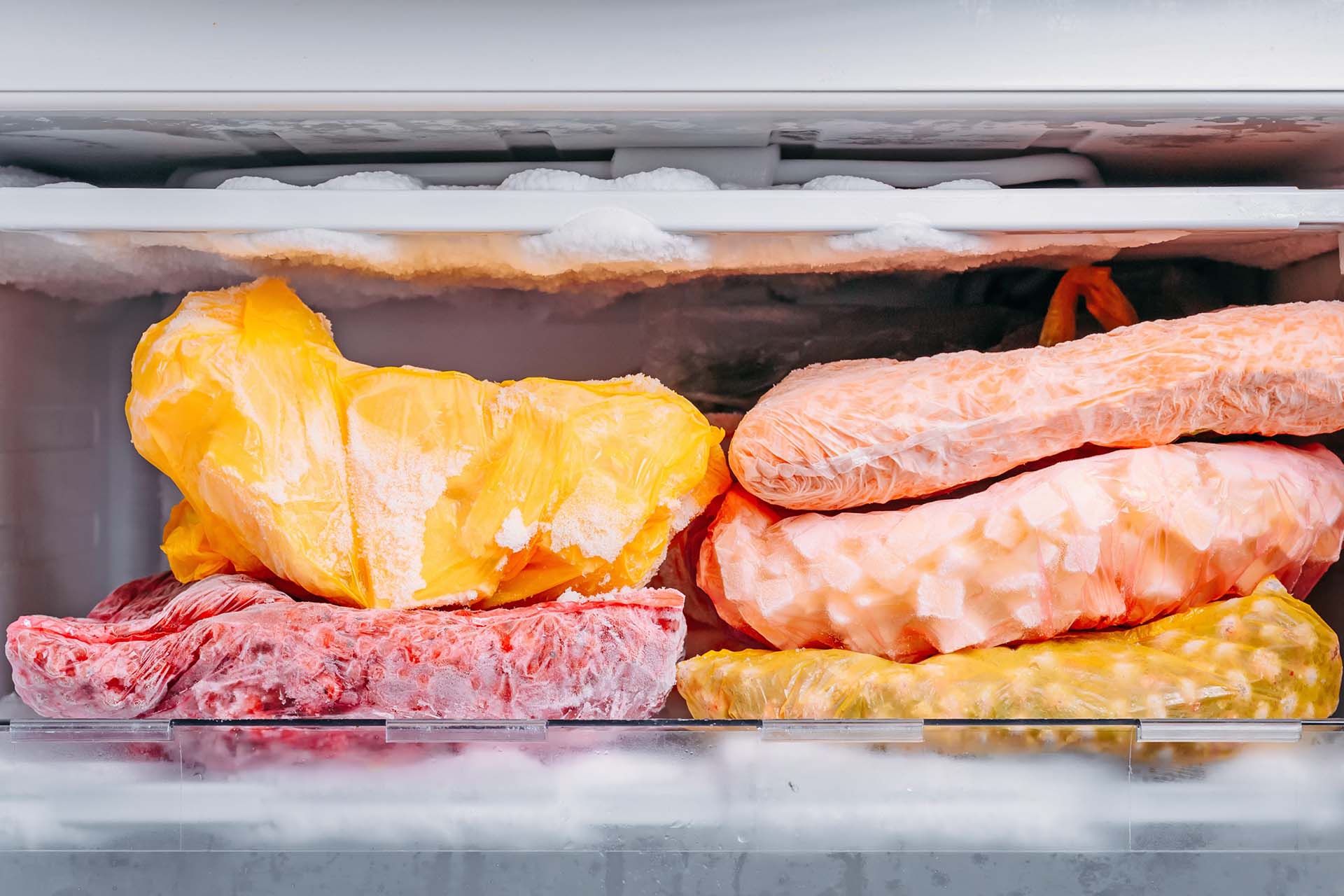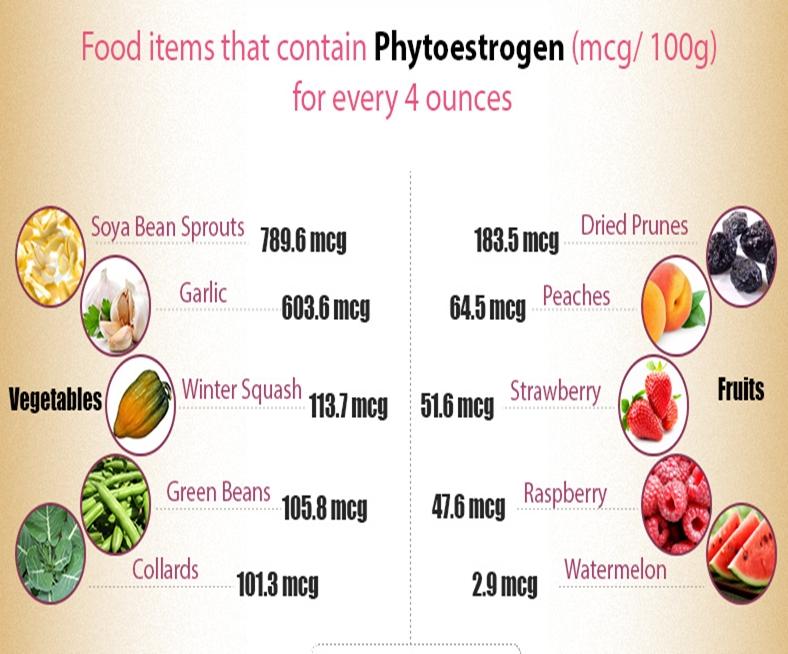Can Bacteria Grow In Acidic Foods?
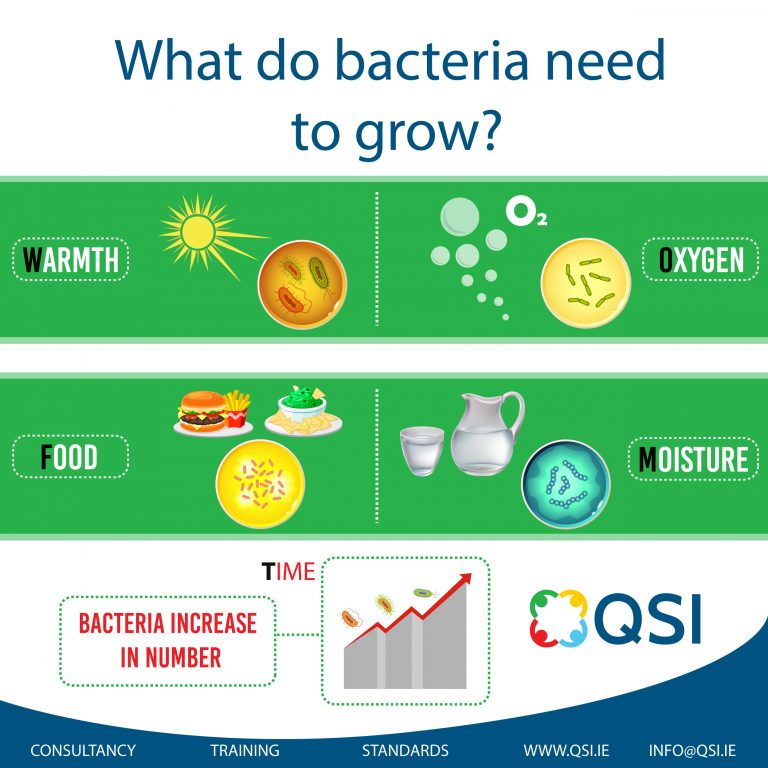
Bacteria are tiny organisms that can cause food poisoning. They can grow on many types of foods, including acidic foods. Acidic foods have a pH of less than 6.8. Some common acidic foods include fruits, vegetables, yogurt, and sauerkraut.

Bacteria can grow in acidic foods, but the growth is slower than in other types of foods. This is because the acid in the food creates an unfavorable environment for bacterial growth. However, some bacteria strains are better equipped to handle acidic environments than others.
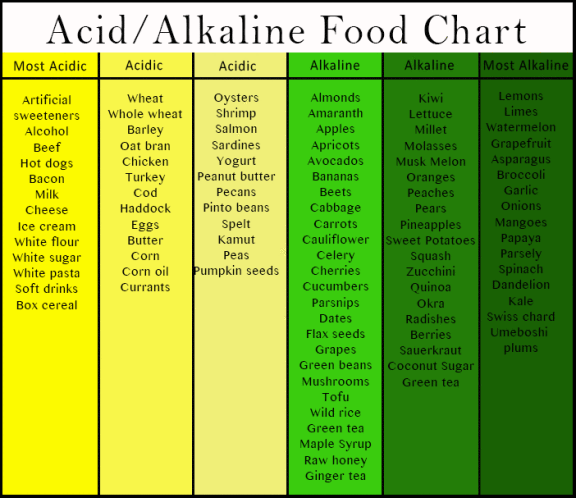
Some common types of bacteria that can grow in acidic foods include:
- Lactobacillus
- Streptococcus
- Staphylococcus
- Salmonella
- Escherichia coli (E. coli)
These bacteria can cause a variety of foodborne illnesses, including:
- Diarrhea
- Vomiting
- Nausea
- Abdominal pain
- Fever
- Chills
Preventing Bacterial Growth in Acidic Foods
There are a number of things that can be done to prevent bacterial growth in acidic foods. These include:
- Keeping foods refrigerated at 40°F or below
- Using clean utensils and cutting boards
- Thoroughly washing fruits and vegetables before eating them
- Avoiding eating raw or undercooked animal products
- Properly canning or preserving acidic foods
Conclusion
Bacteria can grow in acidic foods, but the growth is slower than in other types of foods. The acid in the food creates an unfavorable environment for bacterial growth. However, some bacteria strains are better equipped to handle acidic environments than others.
There are a number of things that can be done to prevent bacterial growth in acidic foods. These include keeping foods refrigerated, using clean utensils, thoroughly washing fruits and vegetables before eating them, and avoiding eating raw or undercooked animal products.




